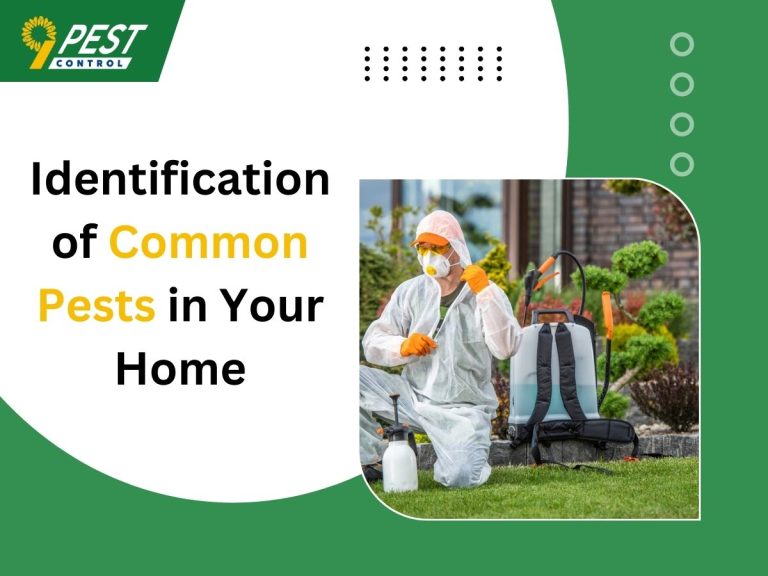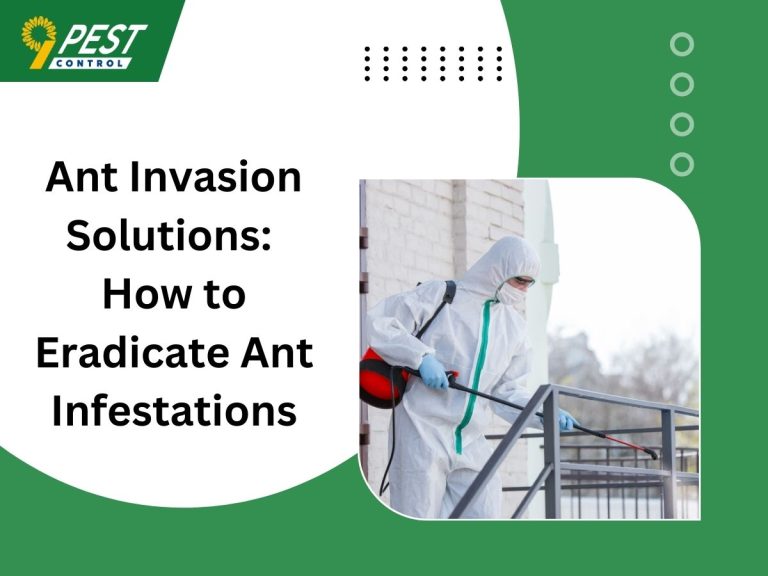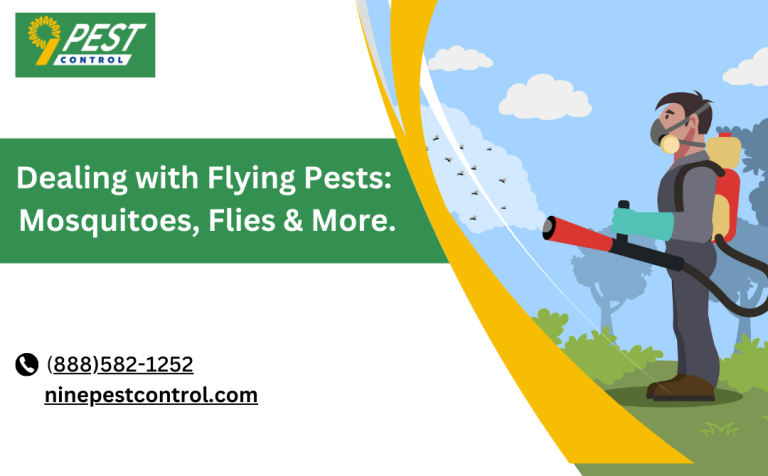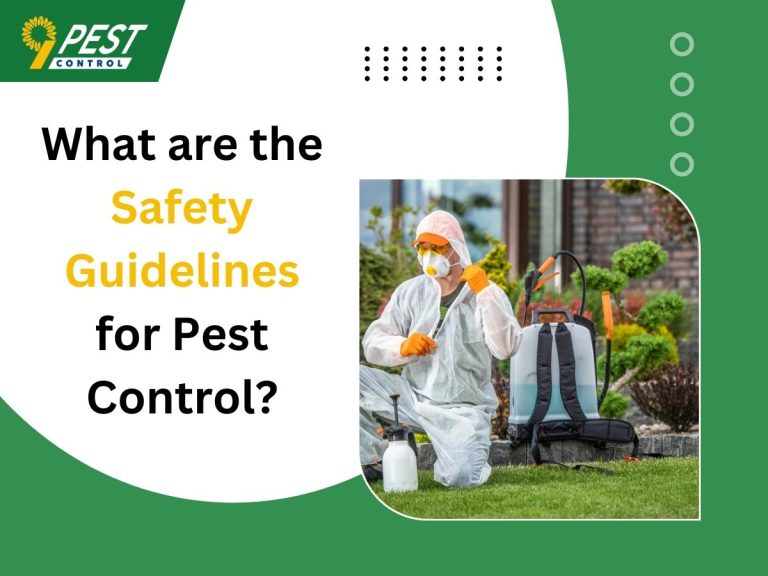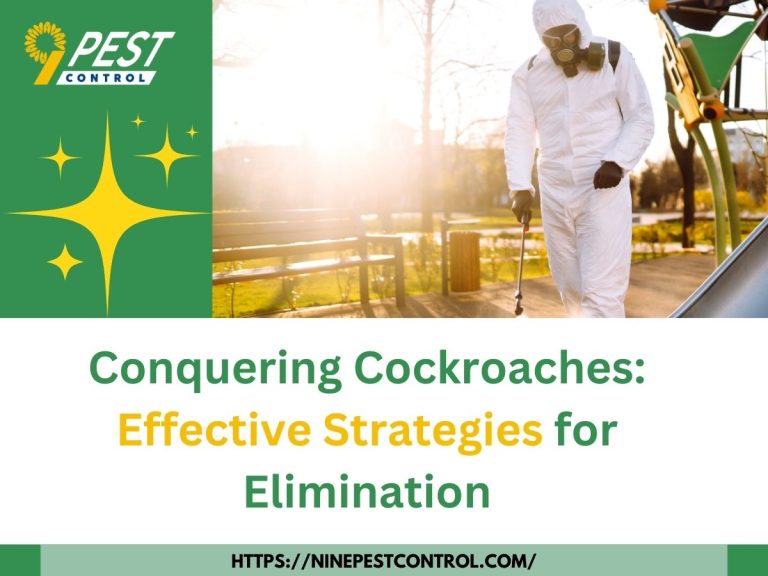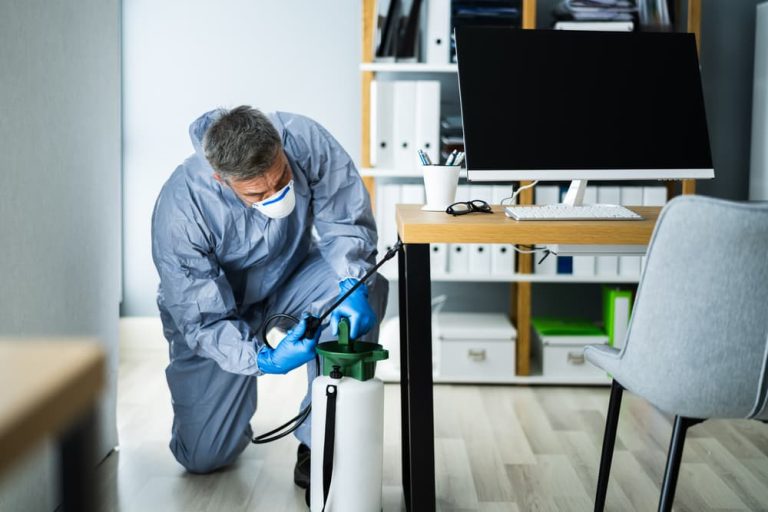What Are The Effective Pest Control Methods?
Welcome to our exploration of how we can keep our homes and gardens free from unwanted pests safely and effectively! Pests can be annoying and sometimes harmful, so learning how to manage them is crucial for a comfortable living environment.
Our article will explore various pest manipulation strategies, including chemical, biological, mechanical, and eco-friendly alternatives. We’ll learn how each method keeps a pest-free area and contributes to a healthier environment. As part of our journey, Nine Pest Control will guide you through the latest and safest pest control techniques, ensuring your peace of mind.
What Are the Best Ways to Control Pests Without Harming the Environment?
Chemical Pest Control Methods
- Selective Use of Pesticides: Opting for targeted, less toxic pesticides can minimize environmental damage when using chemical pest control.
- Proper Application Techniques: Ensuring the correct dosage and application can reduce the spread of harsh chemicals into unintended areas.
- Education on Safety Practices: Understanding the risks and safety measures associated with pesticide application is crucial to protecting humans and wildlife.
Chemical pest control remains a widely used approach because it effectively eliminates unwanted pests quickly. However, this method can involve dangerous chemicals that may harm the environment and non-target species. We can mitigate these risks by selecting eco-friendly chemical options and applying them judiciously. Continuous education on safe practices and developing less harmful products are essential steps toward safer chemical pest management.
Biological Pest Control Methods
- Introduction of Beneficial Insects: Utilizing natural predators like ladybugs and lacewings can help control pest populations.
- Use of Microorganisms: Bacteria and fungi that target specific pests can be an effective biological control without harming other plants or animals.
- Habitat Manipulation: Altering the environment to favor beneficial insects and deter pests naturally supports biological control.
Biological pest control offers a sustainable and environmentally friendly approach to managing pest populations. This method relies on the natural relationships between organisms, promoting beneficial insects that act as natural enemies to pests. It reduces the dependency on harsh chemical pesticides, preserving the local ecosystem’s balance and enhancing biodiversity, making it a cornerstone of eco-friendly pest management strategies.
Mechanical Pest Control Methods
- Barriers and Traps: Physical barriers such as nets, fences, or humane traps can prevent pests from accessing important areas.
- Manual Removal: Hand-picking larger pests or infested plant parts can be effective for small-scale infestations.
- Environmental Modifications: Simple changes, like adjusting moisture levels or clearing debris, can make an area less attractive to pests.
Mechanical pest control methods involve physical means to manage or remove pests without the use of chemicals. These methods are highly effective in providing immediate results and can be particularly useful in small areas or for specific types of pests. By physically blocking or removing pests, these methods can be a safe and immediate solution, ensuring that no harmful residues are left in the environment.
Natural and Eco-Friendly Pest Control Alternatives
- Botanical Insecticides: These are derived from plants known for their pest-repellent properties and are less harmful than synthetic chemicals.
- Cultural Practices: Techniques such as crop rotation, companion planting, and proper sanitation can naturally reduce pest attraction and breeding.
- Organic Approvals: Using products and methods approved for organic agriculture ensures safety for the environment and human health.
Natural and eco-friendly pest control alternatives focus on methods that are not only effective but also sustainable. These alternatives range from using plant-based insecticides to adopting agricultural practices that discourage pest populations naturally. They minimize environmental impact and are safe for both the user and the surrounding wildlife, making them an integral part of green pest management strategies. By embracing these methods, we contribute to a healthier ecosystem and promote sustainable living.
How Can We Implement Eco-Friendly Pest Control at Home?
- Understand Your Environment: Knowing what attracts pests to your home—like sources of food and shelter—can help you prevent infestations.
- Choose Safer Products: Opt for organic pest control methods that use less toxic pesticides to protect your family and pets from harmful effects.
- Promote Natural Predators: Encourage beneficial pests that naturally keep harmful insect species in check.
- Regular Maintenance: Keep your garden and home clean to avoid providing shelter and food sources for pests.
- Professional Help: Sometimes, the safest and most effective method is to hire pest control services that specialize in eco-friendly pest control treatments.
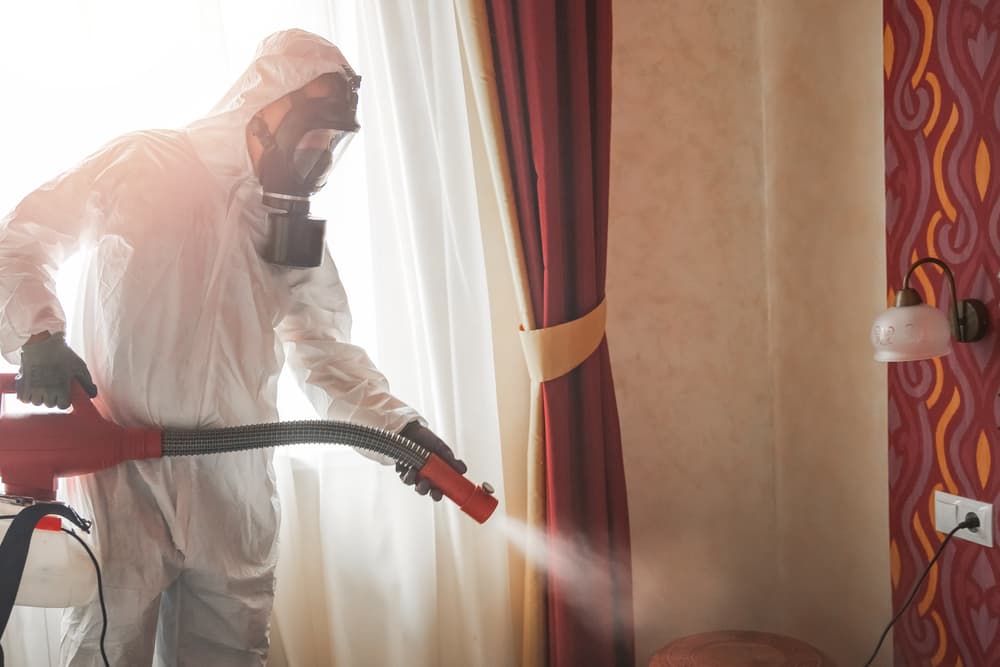
What Are the Risks and Benefits of Traditional Pest Control Methods?
- Immediate Effectiveness: Chemical pest control offers quick results but may involve harsh pesticides that can be dangerous if improperly handled.
- Cost-Effectiveness: Mechanical methods are often inexpensive but may require more frequent application or maintenance.
- Long-Term Solutions: Biological methods contribute to sustainable pest control but might take longer to see results.
- Safety Concerns: Using dangerous chemicals can pose health risks, making it essential to consider safer, eco-friendly alternatives.
- Environmental Impact: Traditional methods might harm non-target species, highlighting the importance of conscious pest management choices.
How Do Modern Pest Control Techniques Compare to Older Methods?
| Aspect | Modern Pest Control Techniques | Older Methods |
| Target Specificity | Highly targeted to specific pests, minimizing broader impact. | Often broad-spectrum, affecting non-target species. |
| Environmental Impact | Lower impact, with more eco-friendly and sustainable practices. | Higher potential for environmental damage due to harsh chemicals. |
| Safety | Safer for both humans and pets due to reduced toxicity. | Use of toxic pesticides poses higher risks to health. |
| Technology Use | Utilizes advanced technology for precision and efficiency. | Relies more on manual techniques and simpler methods. |
| Effectiveness | Focus on long-term prevention and management. | Primarily focused on immediate eradication. |
| Cost | Initially higher due to advanced technology, but cost-effective in the long run. | Generally lower upfront costs, but may require more frequent applications. |
| Sustainability | Emphasizes sustainable and integrated approaches. | Less focus on sustainability means more waste and disruption. |
Is Eco-Friendly Pest Control Really Effective?
Absolutely, eco-friendly pest control is powerful and safer for our homes and the environment. Techniques like using beneficial bugs and botanical insecticides and specializing in natural food sources for pest control can reduce and manage pest interest without relying on harsh chemical compounds.
Moreover, these methods support sustainable pest control by fostering a balanced ecosystem where beneficial pests thrive. Opting for eco-friendly solutions often means a healthier life for us and our pets, safeguarding our gardens and homes from common pests in a responsible way.
Summing It!
Today, we’ve discovered that effective pest management does not need to contain dangerous chemicals. From using beneficial insects to adopting integrated pest management practices, we’ve numerous alternatives at our disposal to keep our living areas pest-free. Embracing eco-friendly and sustainable pest management protects our health and enables preserving the natural environment.
At Nine Pest Control, we’re committed to providing you with the safest, most effective pest management solutions. Ready to protect your home the smart way? Contact us today, and let’s make your space a no-pest zone!


